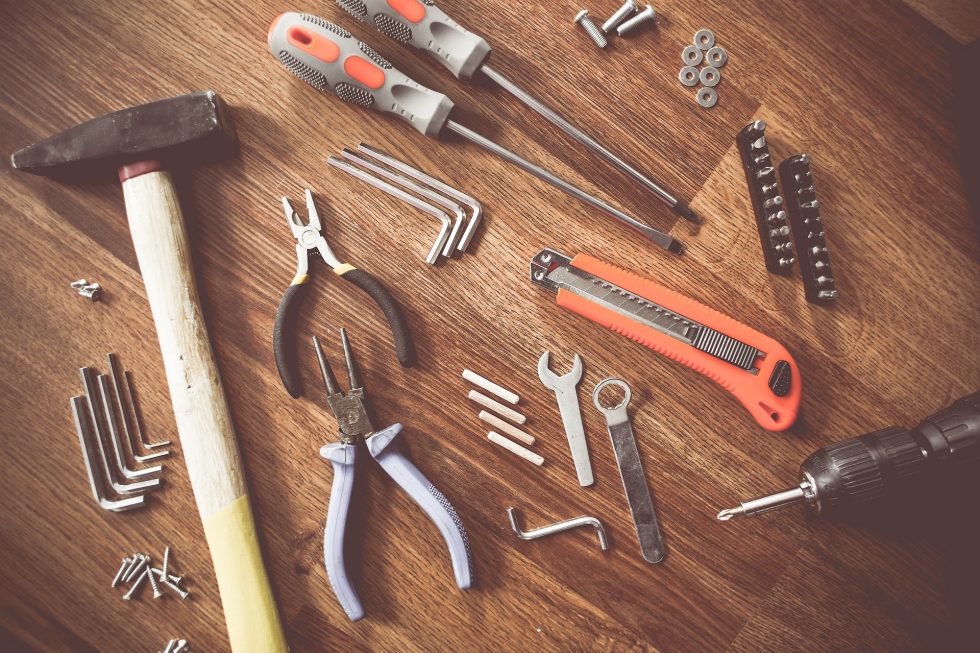An international study reveals that ‘do-it-yourself’ energy renovation could help increasing renovation rates if it is structured and supported by institutional frameworks. These are yet to be built.
In Europe, buildings represent 40% of energy consumption and 36% of CO2 emissions. The current renovation rate is 1%, and it drops to 0.2% for deep renovation. There is a huge need for competent craftsmen everywhere in Europe. This is one of the factors playing in favour of the development of ‘do-it-yourself’ practices in energy renovation, reinforced by the covid-19 pandemic, rising energy costs and growing awareness of environmental issues.
Energies Demain and Pouget Consultants, two members of the ORFEE project, conducted an international benchmark study of tools, practices and policies for ‘Do-it-yourself’ (DIY) energy renovation in fifteen countries. They found that DIY energy renovation could help increasing currently low renovation rates if it is structured and supported by institutional frameworks. These are yet to be built.

Today, the following factors are hindering the development of DIY practices:
The lack of a legal framework and regulatory constraints
In the observed countries (with the exception of Belgium), DIY energy renovation is not identified as an energy renovation practice. It is not a public policy issue which is also resulting in a widespread lack of quantitative data.
In France, DIY energy renovation is defined as the act of a person who renovates their home on their own. On the ground, we observe energy self-renovation practices of different types:
- Carried out autonomously, without professional help.
- Supported by a professional.
- A mixed way (a combination of the first two).
A mixed DIY energy renovation, in which the individual carries out some of the works independently and contracts more technical works to a company, appears to be the most common form of DIY energy renovation. The work packages most often carried out in a DIY way are roof and wall insulation. For other work packages, their level of technicity and regulatory constraints seem to be rather dissuasive. DIY renovation is more common for step-by-step works rather than overall renovation. The practice is widespread in Northern European countries where it is culturally embedded, such as in Denmark, Sweden, Ireland, United Kingdom.
The lack of adequate financial and technical support
Almost no institutional measures exist in the observed counties, for example, funding (subsidies), technical support system, certification of artisans, insurance, audits, etc. The study identified only one region – Lower Austria – where the financial support (subsidies) for DIY renovators is available.
Technical support for DIY renovation exists mainly within an associative framework. France seems to have a head start in the structuring of supported DIY energy renovation, where DIY renovators are helped by a professional, with actors such as the Compagnons Bâtisseurs, FédAc, Castors, Oïkos, Twiza. In Belgium and Spain, the concept of participative renovation sites have been developed by Bâtisseurs Accueillants and the association Taph Taph.
The lack of insurance coverage and the lack of quality assurance of the works carried out
There is no formal framework to guarantee the quality of DIY energy renovation work but some inspiring approaches and initiatives were identified:
- « Self-Build Insurance » providing comprehensive cover for DIY builders and renovators is offered by several insurance companies in Ireland and the UK.
- A charter co-constructed between insurers and the Belgian Bâtisseurs Accueillants network defines the roles and responsibilities related to a DIY energy renovation projects.
The competition sometimes perceived by the building sector professionals
The training of DIY-renovators could be an interesting recruitment opportunity for the craftsmen market. For example, in the Netherlands and Austria, there were interesting experiences of professional reconversion following the Covid pandemic. However, DIY renovators can be perceived as competitors by the professionals of the trade.

One solution could be to encourage and valorise DIY energy renovation through the apprenticeship. The homeowner willing to renovate the house would have the status of a trainee, the professional giving support, the status of a trainer. Another possibility, which is already experienced in some countries like Belgium, is to write a charter defining roles and responsibilities of each actor taking part in energy renovation, including insurance. There is a need to distinguish the renovation actions which can be carried out through DIY renovation and those which cannot. The quality control of the works is crucial.
The study provides new food for thoughts about the possible contribution of self-renovation to the achievement of energy renovation objectives. To conclude, there is a need to:
- Guarantee the good conditions of the works undertaken in DIY energy renovation.
- Ensure the quality of the outputs.
- Structure the training of craftsmen for support of DIY renovators.
- Create a facilitating entity responsible for the implementation of this whole approach and the management of a resource centre.
It would be relevant to introduce this concept in the European energy efficiency policies and to push the topic up on the European agenda.
